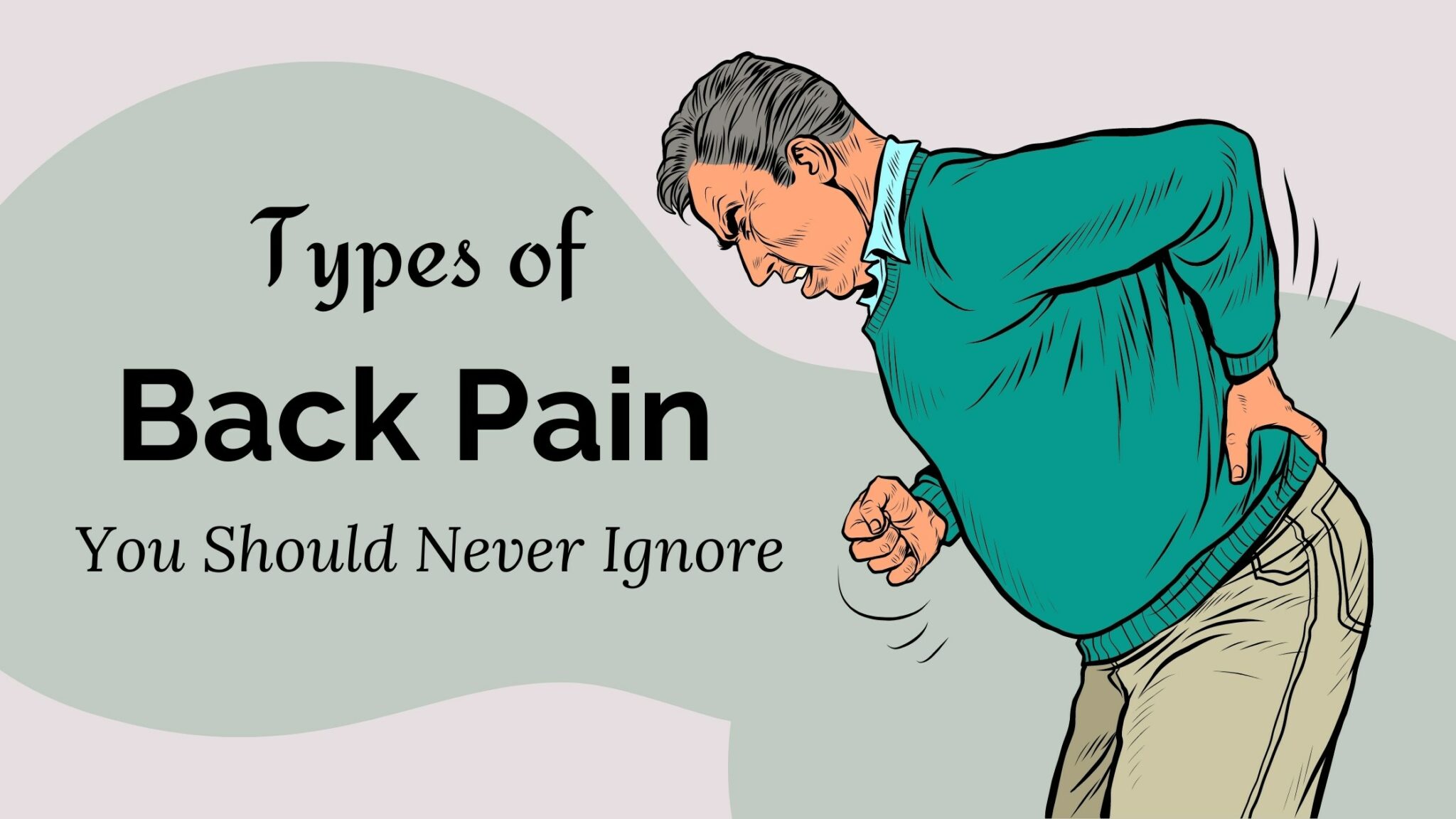Cellulitis: What You Need to Know
Cellulitis is a potentially serious infection of the skin and underlying tissues that can appear anywhere on the body. It often occurs when bacteria enter through a break in the skin, such as a cut or scratch, leading to a red, swollen, and painful area of skin. Cellulitis can be serious if not treated promptly, potentially spreading to the lymph nodes and bloodstream. However, with early identification and appropriate treatment, you can recover completely and prevent further complications.
Things You Should Know About Cellulitis
Cellulitis, an affliction not uncommon, might occur in anyone, irrespective of age or overall health status. It’s important to be aware of its manifestation and know when to seek medical help. This awareness not only helps in early diagnosis but can also mitigate any potential risks. Let’s delve into some common symptoms and causes.
Symptoms
In the case of cellulitis, the affected skin area will generally appear as follows:
- Red and swollen
- Warm or hot to touch
- Tender or painful
- Enlarging in size over time
You might also experience symptoms such as fever, chills, and feeling unwell. If you notice any of these signs, it’s crucial to seek immediate medical attention.
Causes
Cellulitis is typically caused by two types of bacteria, streptococcus, and staphylococcus, that enter the skin through a cut, insect bite, surgical wound, or any other break in the skin. However, cellulitis can also occur on the skin without obvious breaks, particularly in those with chronic skin conditions or a compromised immune system.
Seeking Treatment for Cellulitis
When it comes to treating cellulitis, the earlier, the better, and prompt medical attention can help avoid complications such as abscesses, blood infections, or an infection spreading to deeper tissues. Let’s explore how cellulitis is typically treated.
Antibiotics
Antibiotics are usually the first line of treatment for cellulitis. They work by killing the bacteria causing the infection, helping to resolve the symptoms within a few days. However, it’s vital to complete the full course of prescribed antibiotics to ensure all bacteria are eradicated and to prevent recurrence.
Hospitalization
In severe cases or when oral antibiotics are ineffective, hospitalization may be necessary. In the hospital, you may receive antibiotics intravenously, and any abscesses present might require surgical drainage.
Prevention
Indeed, preventing cellulitis is significantly better than having to treat it. Here are a few ways to protect yourself:
- Always clean and protect any break in the skin promptly with soap and water, and apply an antibiotic ointment and bandage.
- Take good care of your skin by keeping it moisturized and avoiding dry, cracked skin, especially during the colder months.
- Wear appropriate footwear and clothing when engaging in activities where cuts or scrapes are possible.
Living with Recurrent Cellulitis
For some, cellulitis might not be a one-time occurrence. If you’ve had cellulitis before, you’re more prone to developing it again. Here’s what you can do:
- Monitor your skin daily for signs of infection.
- Avoid injuring your skin, particularly in the area where you previously had cellulitis.
- Maintain good health habits, such as regular exercise and a balanced diet, to keep your immune system strong.






